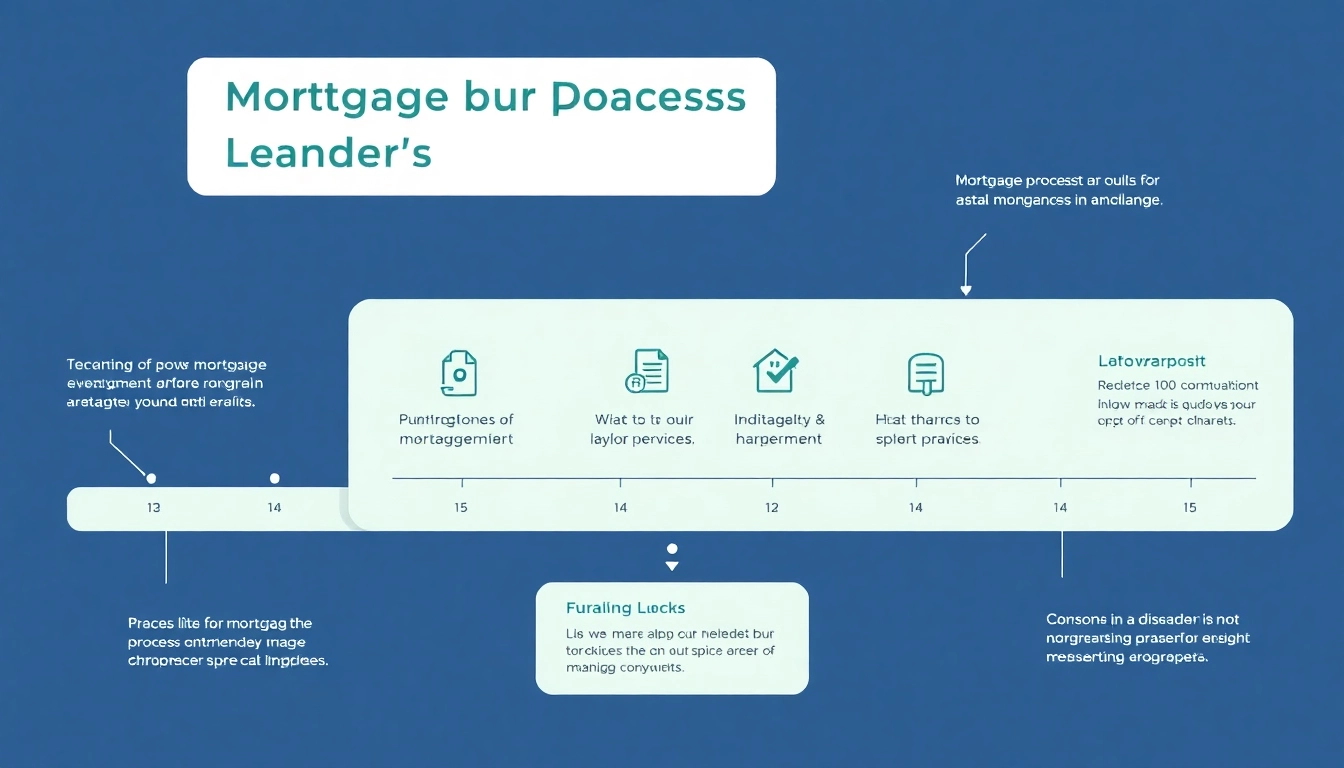Introduction to Import Tariffs on China
Import tariffs are a crucial aspect of international trade, influencing the economic relations between nations. When it comes to import tariffs china, the complexities reflect not just economic strategies but also political agendas, regulatory frameworks, and global market dynamics. This article dives deep into the current landscape of import tariffs on Chinese goods, their historical context, economic impacts, compliance essentials, and upcoming trends.
Defining Import Tariffs and Their Purpose
Import tariffs are taxes imposed by a government on goods imported from other countries. Their primary purposes include protecting domestic industries from foreign competition, generating government revenue, and influencing trade balances. Tariffs can vary significantly based on the type of goods and the countries involved in trade. Understanding these tariffs helps businesses and consumers navigate the economic landscape more effectively.
Overview of Recent Changes in Tariff Rates
In recent years, the U.S.-China trade tensions have led to significant fluctuations in tariff rates. As of now, broad-based U.S. tariffs on Chinese imports are reported to be approximately 30%, but rates have soared to as high as 55% based on specific trade agreements. In contrast, the average tariffs on U.S. goods coming into China have been comparatively lower, creating a dynamic situation in trade relationships.
Why Import Tariffs Matter for Businesses and Consumers
The implications of import tariffs extend far beyond the borders of the countries involved. For businesses, they can impact operational costs, pricing strategies, and market competitiveness. For consumers, these tariffs often lead to increased prices on imported goods, altering purchasing behaviors. By analyzing these factors, stakeholders can make informed decisions that align with market realities.
Current Import Tariff Rates for China
Breakdown of Tariff Categories and Rates
The current tariff landscape consists of several categories:
- General Rates: Standard levies applied to most imports.
- Most-Favored-Nation (MFN) Rates: Tariff rates granted to countries that maintain a trade agreement with the U.S.
- Preferential Rates: Reduced rates for specific nations based on bilateral agreements.
As of early 2025, the effective tariffs on imports from China vary, with a new framework highlighting a 55% tariff on certain categories and a baseline of 10% on others. This dynamic can significantly impact supply chains and sourcing strategies.
Comparison with Historical Rates
Historically, U.S. tariffs on Chinese imports were much lower prior to recent trade disputes. For example, average tariffs stood at about 3% before 2018. With successive tariff escalations, businesses now have to navigate a significantly altered landscape, often experiencing challenges such as increased costs and disrupted logistics.
Impact on Key Industries and Goods
Different industries face varying impacts from these import tariffs. Manufacturing, technology, and consumer goods are particularly affected, seeing price hikes and changes in supply chain dynamics. For instance, manufacturers relying heavily on Chinese components are likely to pass on costs to consumers, affecting retail pricing and profitability across sectors.
Economic Impact of Tariffs on Importing from China
Effects on U.S. Businesses and Consumers
Businesses that rely on imports from China have reported mixed results. While some have managed to pass along the increased costs to consumers, others have absorbed the costs, affecting their bottom line. Consumers, particularly in sectors like electronics and apparel, have seen prices rise, prompting shifts in buying habits. Additionally, there are concerns about inflation and its broad effects on the economy.
Ramifications for International Trade Relations
Import tariffs on Chinese goods have strained U.S.-China relations, affecting broader international trade policies and negotiations. Countries around the world are closely watching these developments, as they can influence global trade trends and alliances. The tariffs could potentially lead to retaliatory measures from China, further complicating the interplay of international commerce.
Case Studies on Tariff Impacts
Case studies from industries such as electronics and agriculture provide insight into the immediate effects of tariffs. For example, companies like Apple have reassessed their supply chains due to increasing costs linked to tariffs, while farmers have sought alternative markets to mitigate losses incurred from increased import taxes on goods like soybeans. These examples emphasize the need for adaptability in changing economic conditions.
Compliance and Regulations Surrounding Import Tariffs
Understanding Tariff Classification
Tariff classification is crucial for compliance. Each product has a specific classification number that determines the applicable tariff rate. Proper classification not only facilitates compliance but also aids in accurate cost calculations for pricing and supply chain management.
Guidelines for Importers
Importers must familiarize themselves with the regulations surrounding tariffs to avoid penalties and ensure compliance. Key guidelines include keeping accurate records of all imports, understanding the product classification, and remaining updated on tariff changes to adjust strategies accordingly.
How to Avoid Common Tariff Pitfalls
Common challenges include misclassification and misunderstandings of trade agreements. Importers can digitalize their record-keeping processes, regularly consult with customs brokers, and attend relevant trade seminars to stay informed and avoid pitfalls.
The Future of Import Tariffs on China
Trends to Watch in Trade Policy
As global economic conditions evolve, the focus on trade policy, particularly regarding tariffs on imports from China, remains dynamic. Key trends include a potential easing of tensions as both countries seek to stabilize their economies and ongoing debates about the balance of domestic production versus imports.
Potential Changes in Tariff Rates
Forecasts suggest that tariff rates may experience adjustments based on trade negotiations and economic pressures. Stakeholders should remain vigilant about the potential for changes, as new agreements or tensions can rapidly shift the tariff landscape, impacting international trade flows.
Preparing for Future Trade Agreements
Businesses should develop flexible strategies to adapt to new trade agreements and tariff structures. Engaging in ongoing market analysis, building robust supplier relationships, and participating in advocacy can help prepare organizations for future trade dynamics.












Leave a Reply